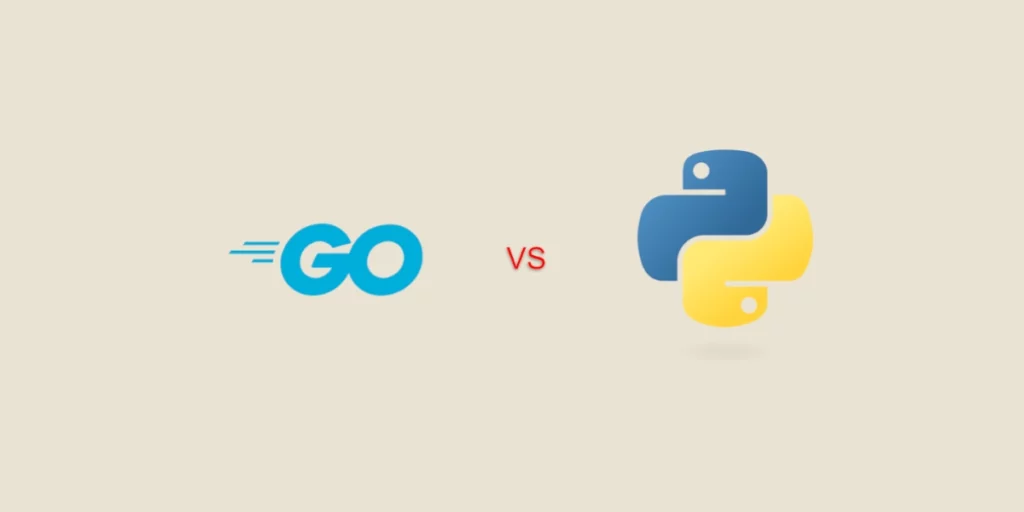When it comes to programming for data science projects, two languages often come to mind: Go (or Golang) and Python. These are popular choices among developers and data scientists, yet they have very distinct characteristics.
Python: The Benchmark for Data Science and AI
Python is an object-oriented programming language created by Guido van Rossum. It is a dynamically typed and open-source language. Python is especially favored by data scientists and development teams focused on data science and machine learning projects. Being a general-purpose language, Python enables rapid prototyping of models and algorithms due to its extensive libraries, such as Pandas, NumPy, Scikit-learn, and TensorFlow.
The flexibility of Python is one of the reasons it is considered an excellent choice for data science. Python allows for handling diverse data, constructing machine learning models, managing web server applications, and carrying out complex data analyses.
However, it does have limitations, especially concerning performance. Being an interpreted language, it is relatively slow compared to other compiled languages. Fortunately, to mitigate this drawback, integration of C or other optimizations is possible, although this requires additional skills.
Below is a simple example that demonstrates how to read a CSV file and perform basic calculations:
import pandas as pd
# Reading the CSV file
df = pd.read_csv('data.csv')
# Calculating the average of a column
average = df['colonne_1'].mean()
print(f'Average of the column: {average}')
# Filtering rows based on a condition
filtered_df = df[df['colonne_1'] > 50]
print(filtered_df)
Go: The High-Performance Competitor
Golang, commonly referred to as Go, is a programming language developed by Google. Go is statically typed and compiled, which gives it a significant advantage in performance compared to Python. Go is particularly suitable for projects involving concurrent programs and high-scale web services.
The goroutines and channels in Go are potent tools for managing concurrency. Unlike traditional threads, goroutines are lightweight and allow developers to write highly concurrent programs without dealing with the complexities introduced by threads.
However, Go’s ecosystem for data science is less developed than Python’s. The number of libraries and resources is simply not comparable to those available in Python.
The following example demonstrates how to read a CSV file and perform simple calculations in Go. The code is more verbose than Python but benefits from very fast execution, which is ideal for tasks where performance is crucial.
package main
import (
"encoding/csv"
"fmt"
"os"
"strconv"
)
// Entry point of the Go program
func main() {
// Opening the CSV file
file, err := os.Open("data.csv")
if err != nil {
fmt.Println("Error opening the file:", err)
return
}
defer file.Close()
reader := csv.NewReader(file)
records, err := reader.ReadAll()
if err != nil {
fmt.Println("Error reading the file:", err)
return
}
sum := 0.0
count := 0
// Iterating through the file
for i, record := range records {
if i == 0 {
// Skip the header
continue
}
value, err := strconv.ParseFloat(record[0], 64)
if err != nil {
fmt.Println("Conversion error:", err)
continue
}
sum += value
count++
}
// Calculating average
average := sum / float64(count)
fmt.Printf("Average of the column: %.2f\n", average)
}
When to Choose Go or Python?
The decision between Go and Python depends on the project’s needs and characteristics. Below are some situations where each language is more appropriate:
- Data Science and Machine Learning: Python remains the preferred option. For data modeling, developing machine learning models, and conducting exploratory analyses, Python is a powerful tool widely embraced by the scientific community.
- High-Performance Web Services: Go is a better choice if you require a high-performance web server capable of handling a large number of simultaneous requests.
- Infrastructure and System Tools: Go excels in developing tools tailored for system administrators and in creating programs that require fast execution with minimal overhead.
Python vs Go: Evolution and Popularity
Python has long been considered the language of choice for data scientists, thanks to its clear syntax and numerous tools for data processing and machine learning.
Go, on the other hand, continues to gain traction. It is often chosen by development teams seeking performance and parallelism without sacrificing code clarity. Go’s ability to handle concurrent events and quickly compile efficient programs makes it an essential tool for modern applications, particularly for companies operating in cloud or distributed environments.
Comparison Table
The table below displays a comparison of these two languages according to various criteria:
| Criterion | |||
|---|---|---|---|
 |
Type | Static, strong typing | Dynamic, weak typing |
 |
Performance | Compiled | Interpreted |
 |
Concurrency | Goroutines and channels, excellent for concurrency | Less suited for concurrency |
 |
Learning Curve | Easy, concise syntax but less permissive | Easy, simple syntax |
 |
Ecosystem | More limited | Very rich |
 |
Use Cases | Performant web services, system tools | Data Science, Machine Learning, prototyping |
Conclusion: Go or Python?
The decision between these two languages depends on the project’s nature: for data science, machine learning, or data analysis projects, Python is a proven choice. If your project emphasizes performance, concurrency management, or web service development, Go might be the most suitable option.










